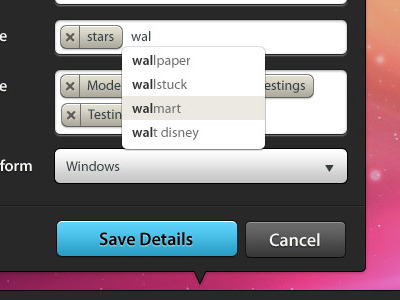
Clap, tap, or play the clave pattern along with the song. What other instruments are used in the song?Į. Can you identify what percussion instruments are being played?Ĭ. Can you identify the clave pattern the song is based on?ī. After listening, analyze and discuss the following:Ī.

Use the suggested listening examples (or other examples selected by the teacher). Challenge the students to identify the clave pattern in a variety of listening examples. If students have access to a DAW, have them create a composition with one of the clave rhythmsĥ. Improvise other rhythmic patterns over the clave patternsĮ. Play the clave patterns on different instrumentsĬ. Play the clave patterns at various temposī. Have students experiment with the following:Ī. Have students switch parts so that they have the opportunity to play and feel the rhythm of each clave pattern.Ĥ. Have one half of the group provide a steady pulse while the other half performs the clave patterns. Once students master each rhythmic pattern, put students in groups. 2-3 son clave 2-3 rumba clave 3-2 son clave 3-2 rumba claveģ. Introduce each pattern separately and have students learn and perform each one separately. In either case, the distinguishing difference between the son and the rumba clave is the placement of the last note on the 3-side. The son and the rumba clave can either be 2-3 or 3-2. This is often referred to as the 2-side and the 3-side of the clave pattern. Alone, in pairs, or small groups, students can practice the rhythmic patterns along with a recording selected by the teacher, an audio file of the rhythmic patterns (provided below), or some other click, such as a metronome.Įach clave pattern is two measures long, with one measure containing two beats and the other measure containing three. This can be done using body percussion, various classroom percussion instruments, or instruments students have made.ī. Analyze the 2-3 and 3-2 variations of the son and rumba clave.Ī. These two videos show master drummer Ignacio Berroa describing and demonstrating the son clave and rumba clave rhythms in detail.Ģ. If YouTube is available, watch Part 1 and Part 2 of Afro-Cuban Drumming (links found above in Video section). Name and describe some genres of Cuban music that use clave.Ĭ. In other words, the rhythm is implied, but still drives the “feel” or groove of the song.ī. Often times, the clave rhythm is the basis for the rhythmic parts of a song, but is not actually played by itself. A song will only be based on one version of a clave rhythm. In a 2-3 pattern, the first measure contains two beats of the clave rhythm and the second measure contains three beats of the clave rhythm. Both the son clave and rumba clave can follow a 2-3 or 3-2 pattern. There are two clave patterns son and rumba.


Using the suggested online readings (or other materials selected by the teacher) present the origins and evolution of clave. Formal assessment – through practice and performance of all rhythmic patterns presented in the lessonġ.Informal assessment – through class discussion and participation.Part 1 and Part 2 discuss and clearly demonstrate the son and rumba clave patterns.
PATTERN TAP FORMS SERIES
This excellent video series contains an overview of the evolution of Afro-Cuban music. He is recognized as one of the greatest drummers of our times. This video series was created by Cuban jazz drummer and educator Ignacio Berroa.


 0 kommentar(er)
0 kommentar(er)
